Posted July 24th, 2012 at 7:20 pm (UTC+0)

Sally Ride’s official astronaut portrait. She joined the astronaut corps in 1978. (Photo: NASA)
Dr. Sally Kristen Ride, the first U.S. woman in space, died at age 61 on Monday after a 17-month battle with pancreatic cancer.
Ride shattered NASA’s gender barrier and earned her place in the history books on June 18, 1983 when she flew into space aboard the Space Shuttle Challenger, serving as a Mission Specialist.
“Sally Ride broke barriers with grace and professionalism – and literally changed the face of America’s space program,” said NASA Administrator Charles Bolden. “The nation has lost one of its finest leaders, teachers and explorers. Our thoughts and prayers are with Sally’s family and the many she inspired. She will be missed, but her star will always shine brightly.”
Born on May 26, 1951 in Encino, California, Ride developed an early interest in science as well as a passion for sports, especially tennis. She considered becoming a professional tennis player, especially after being encouraged by the famous tennis pro, Billie Jean King, who told Ride she was talented enough to pursue a professional tennis career.
But her love of science won out. After attending Swarthmore College and UCLA, Ride went to Stanford University where she earned a bachelor’s degree in English literature and physics. She continued her graduate education at Stanford earning her master’s and PhD degrees in Physics.
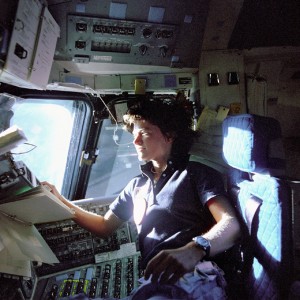
Astronaut Sally Ride, a specialist on shuttle mission STS-7, monitors control panels from the pilot’s chair on the shuttle Challenger flight deck in June 1983. (Photo: AP Photo/NASA, File)
In 1977, the young physicist saw an ad in the Stanford student newspaper that said NASA was looking for astronauts. Up until then, all NASA astronauts had been male military test pilots, but the ad said the space agency was looking for scientists and engineers. Women were encouraged to apply.
Armed with her degrees in physics, Ride applied to become an astronaut. So did 8,000 other people. In January 1978, NASA selected 35 new astronaut candidates. Ride was part of an historic group which included six women, three African-American men, and an Asian-American man.
Even as she prepared for her first flight aboard the space shuttle, Ride endured sexist comments and questions, including some from members of the press.
According to a June 1983 article in People magazine, the questioning included; “Will the flight affect your reproductive organs?” Ride answered: “There’s no evidence of that.”
“Do you weep when things go wrong on the job?” Her response: “How come nobody ever asks Rick (Frederick Hauck, the mission pilot) those questions?”
“Will you become a mother?” Smiling, Ride responded: “You notice I’m not answering.” Despite the inane and sexist questions, Astronaut Ride, according the article remained calm and unrattled.
Ride later went into space once again aboard the Challenger in October, 1984. In total, according to NASA, she spent more than 343 hours in space.
NASA Video – Sally Ride: First American Woman in Space
Ride was preparing for her third space flight when Challenger exploded in 1986.
President Reagan named her to serve on the presidential commission investigating the Challenger accident.
Once the investigation was completed, NASA assigned Ride to its headquarters in Washington, DC, to lead the space agency’s first strategic planning effort. During that time, Ride wrote a report entitled “Leadership and America’s Future in Space.” She also created NASA’s Office of Exploration.
Ride left NASA in 1987 to work at the Stanford University Center for

Former astronaut Sally Ride speaks to the media at the White House in October 2009. (AP Photo)
International Security and Arms Control.
Two years later, she became a physics professor at the University of California, San Diego and was named director of the California Space Institute.
In 2001, she founded Sally Ride Science, a company that creates educational science programs for elementary and middle school students, with a focus on girls’ involvement with science.
In February 2003, disaster struck the US Space Shuttle program again, when Colombia disintegrated during re-entry. As with the Challenger accident, Ride was asked to serve on the Space Shuttle Columbia Accident Investigation Board.
Over the years, Ride earned numerous awards, was inducted into the National Women’s Hall of Fame and had two elementary schools named in her honor.
Her survivors include Tam O’Shaughnessy, her partner of 27 years, her mother, Joyce; her sister, Bear; her niece, Caitlin, and nephew, Whitney.
Ride’s legacy lives on through Sally Ride Science and its continuing work motivating and supporting the scientific ambitions of young girls and boys.
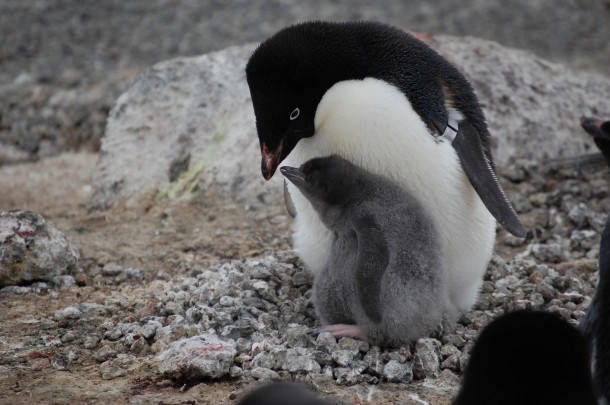



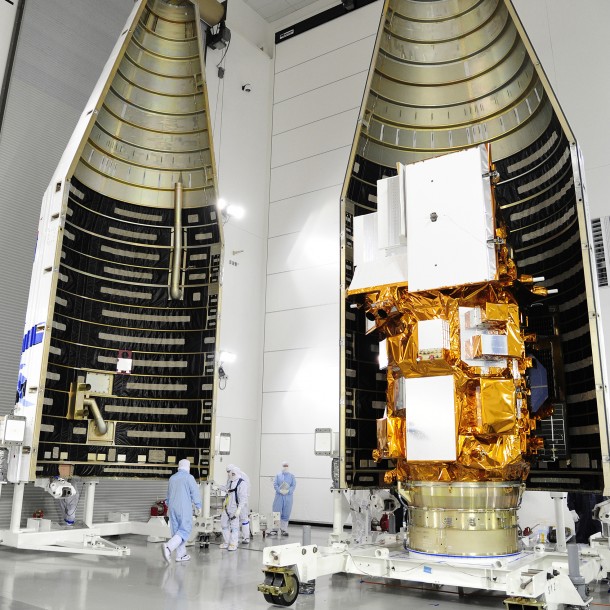


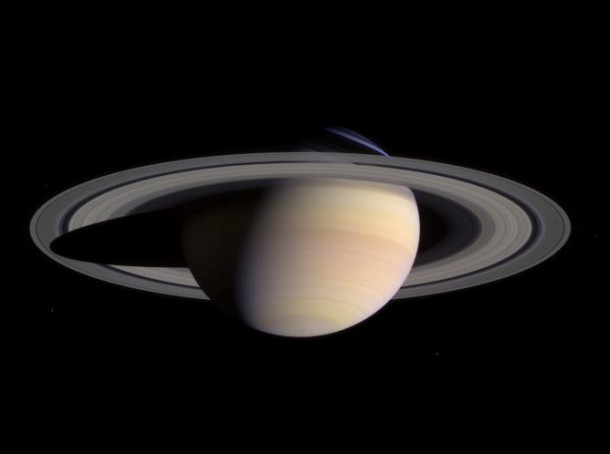


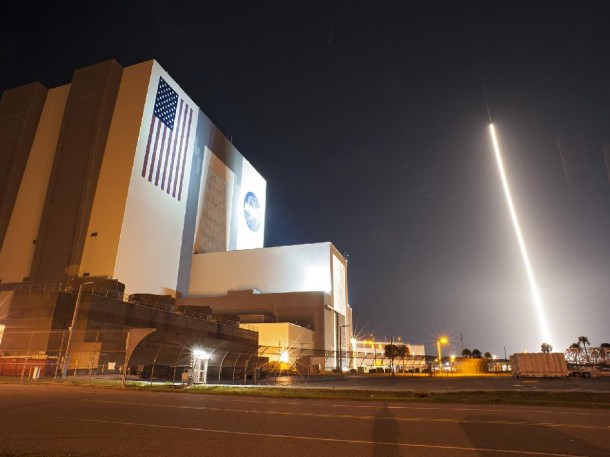

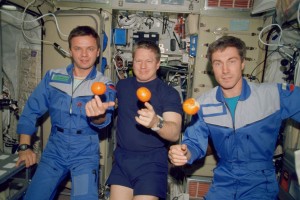



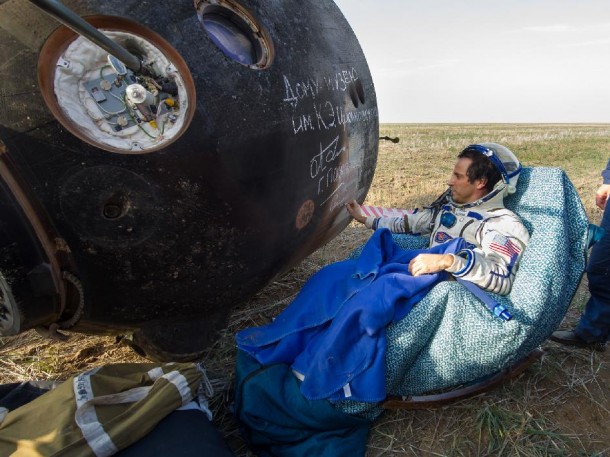



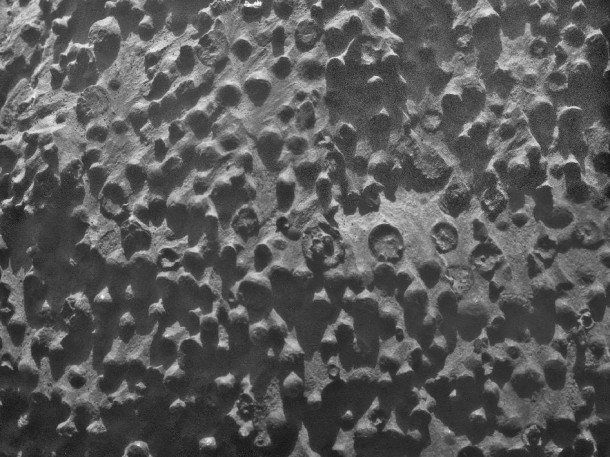
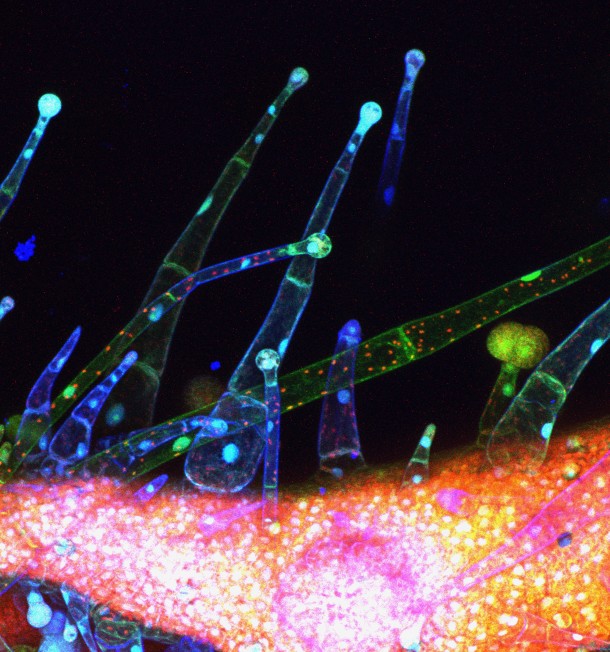

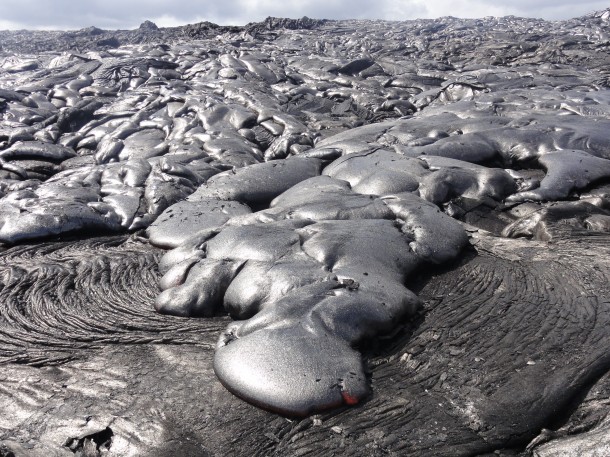



 Science World is VOA’s on-air and online magazine covering science, health, technology and the environment.
Science World is VOA’s on-air and online magazine covering science, health, technology and the environment.